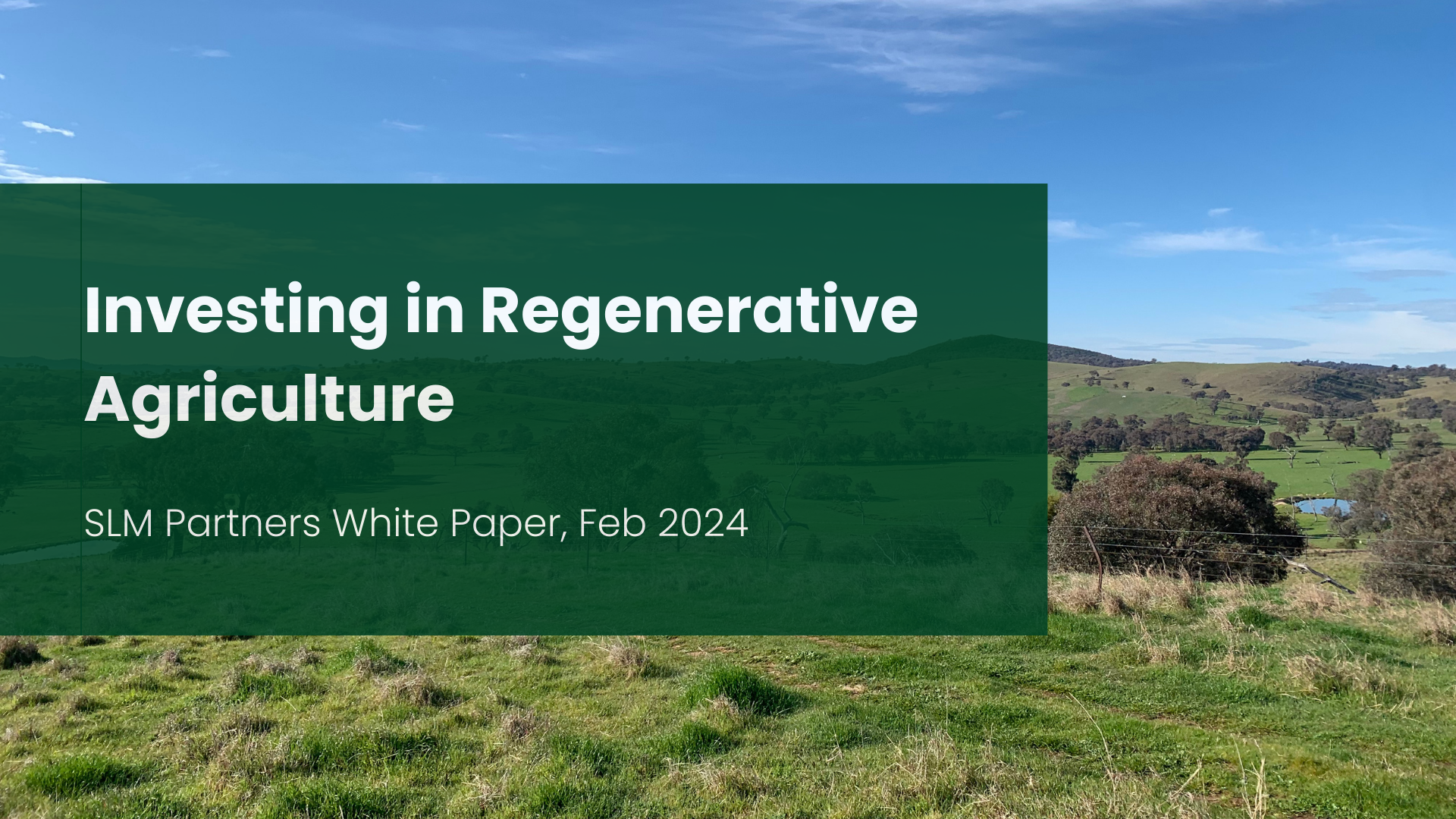
SLM Partners 2024 Impact Report
Our Theory of Change
The problem
Our world is faced with major environmental challenges: soil degradation, biodiversity collapse, water stress and climate emergency. Conventional farming and forestry are major contributors to these problems.
The solution
There are proven ecological approaches that can grow the food and materials we need, while restoring soils, preserving water, adding biodiversity and sequestering carbon. By partnering with skilled farmers and forested, SLM is helping scale up these ecological practices across more land.
Reports & Research
Measuring Impact
Data collection
We collect primary data directly from the farms and forests that we operate, by partnering closely with our local operators. This includes data points around land-use, crops planted and results from soil analysis.
Third-party expertise and verification
Where possible, we leverage external consultants to provide more technical datasets, for example hiring a local ecologist to perform an ecological survey of wild flowers and birds in and around a farm. We also rely on partnerships with NGOs and carbon developers to verify our carbon methodologies and analysis. Finally, certification processes are also key to ensure independent third-party verification of our claims and results achieved on the ground.
Portfolio reporting
After collecting data from the farms and forests, we aggregate the data into key impact metrics within accepted reporting standards. To do this, we leverage the Taskforce for Climate Financial Disclosures (TCFD), the Taskforce for Nature Financial Disclosures (TNFD) recommendations, Global Impact Investing (GIIN) IRIS+ and the UN Sustainable Development Goals (SDGs).

Key Impact Metrics
as of Dec 2024
Land Use
61% of cropland under organic certification (or in transition)
100% of cattle raised in natural grasslands with holistic planned grazing management
64% of forestland under continuous cover forestry management
Climate
1.8m Australian Carbon Credit Units generated and sold from native woodland restoration between 2016 and 2022
478,089 tCO2-eq stored in SLM Irish forests.
Biodiversity
33% of land managed for biodiversity restoration
0.2% of land treated with synthetic pesticides
Society
32 partnerships with local farmers and foresters established
11 Regeneration Academy students hosted











